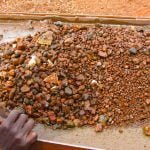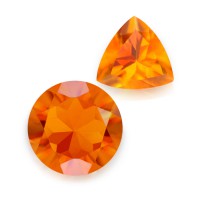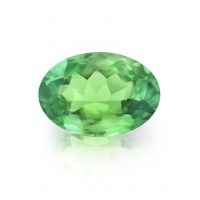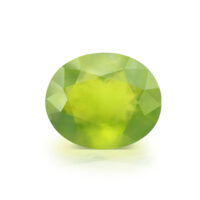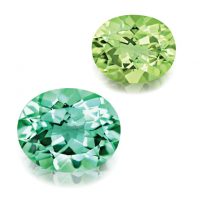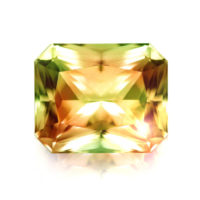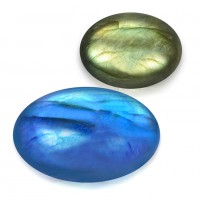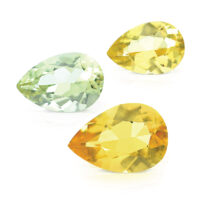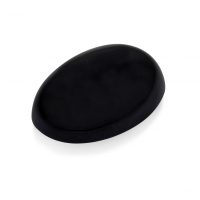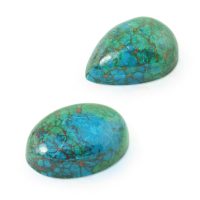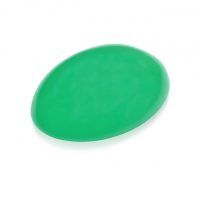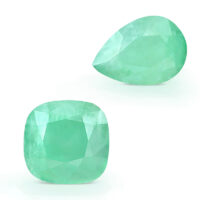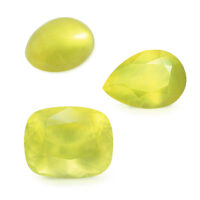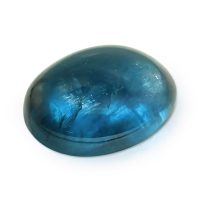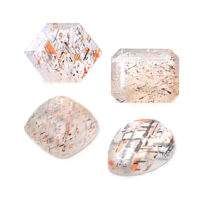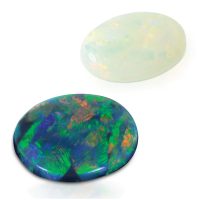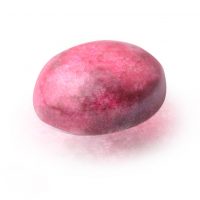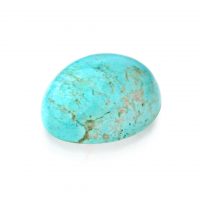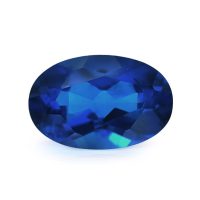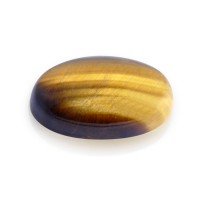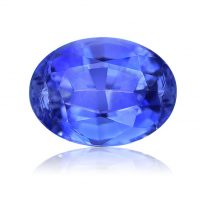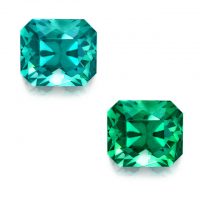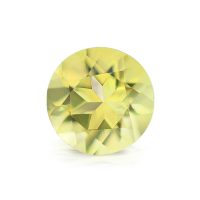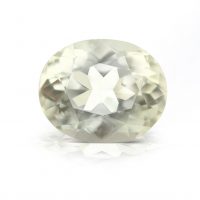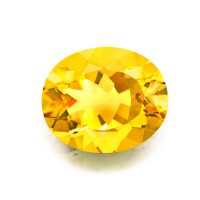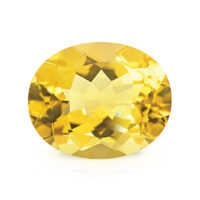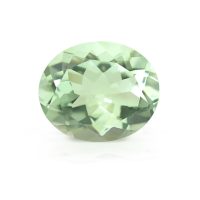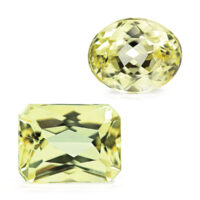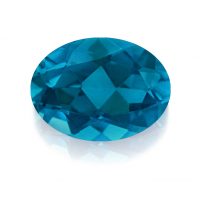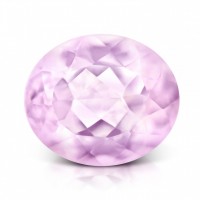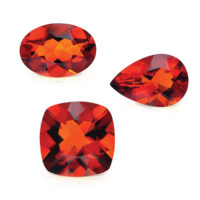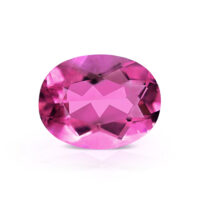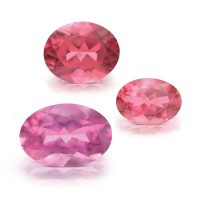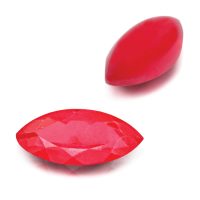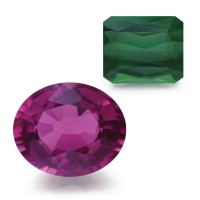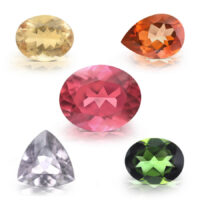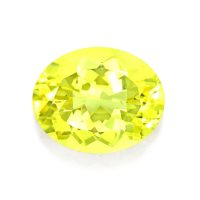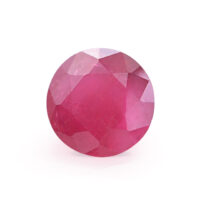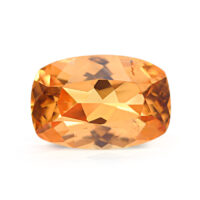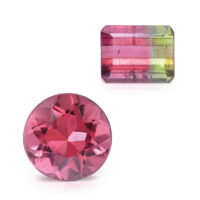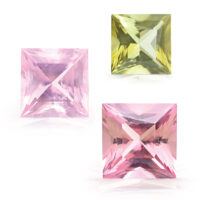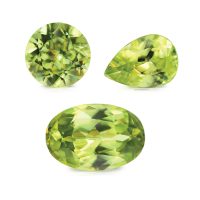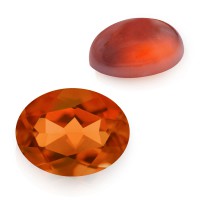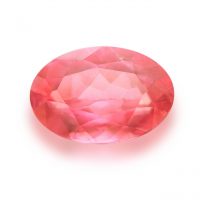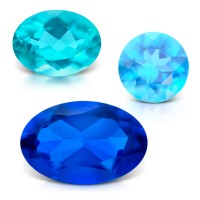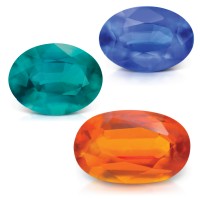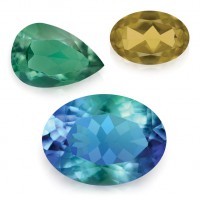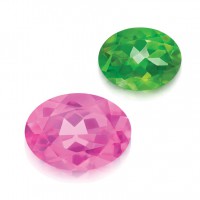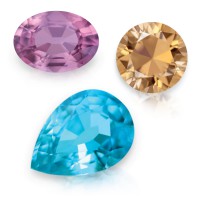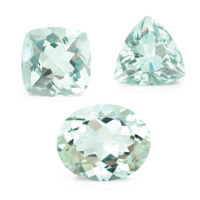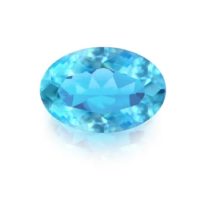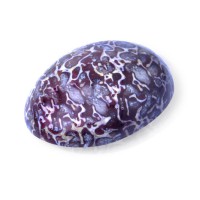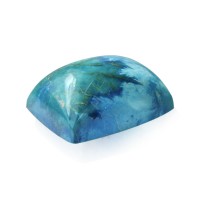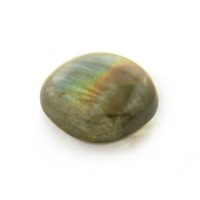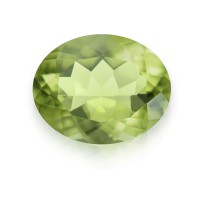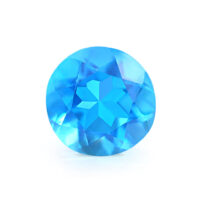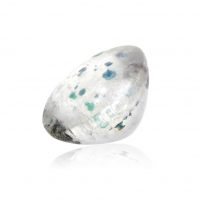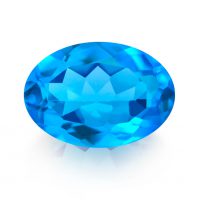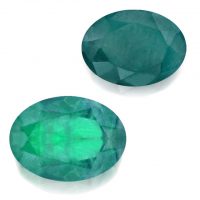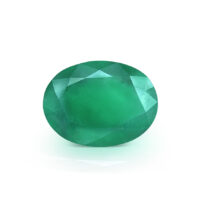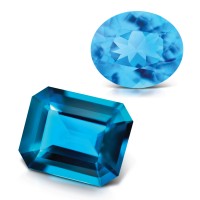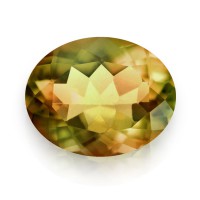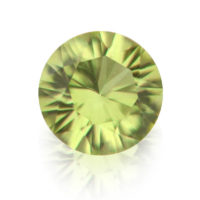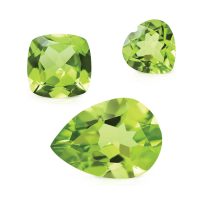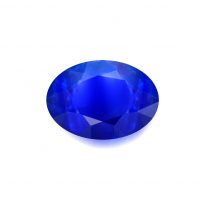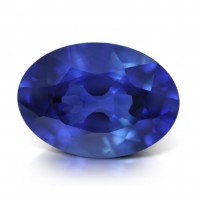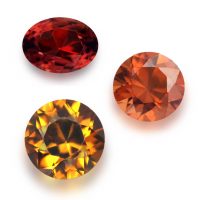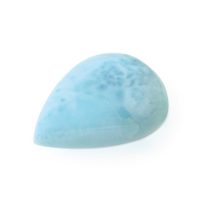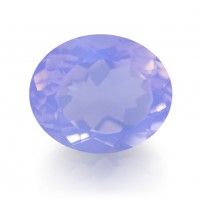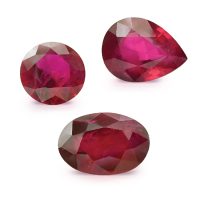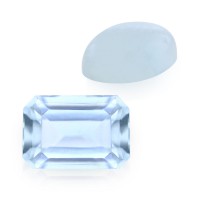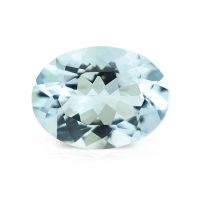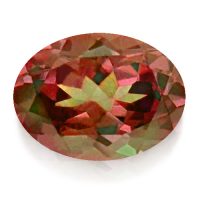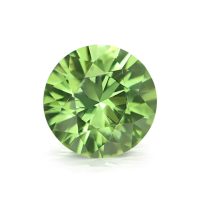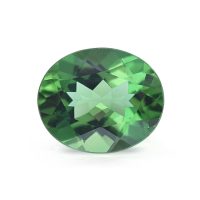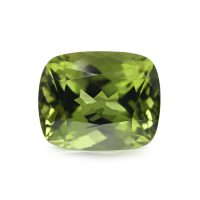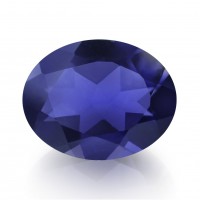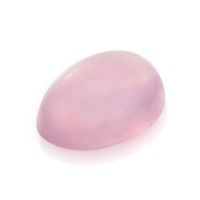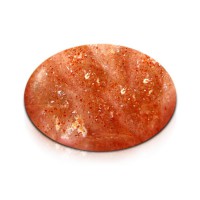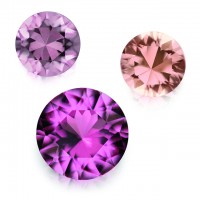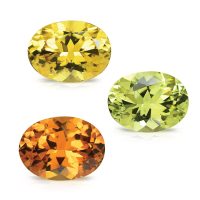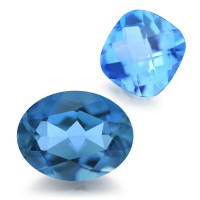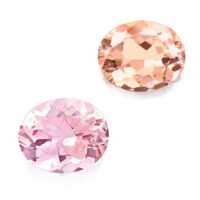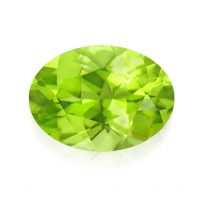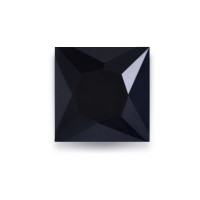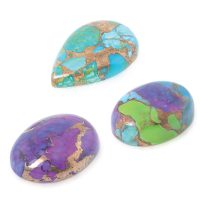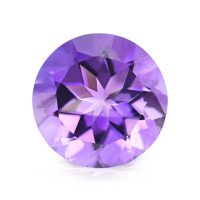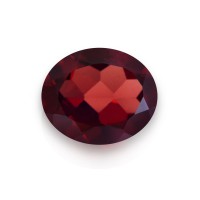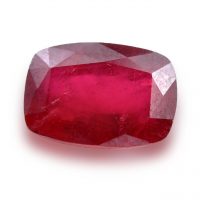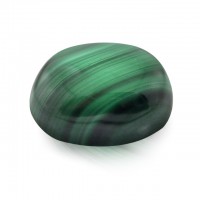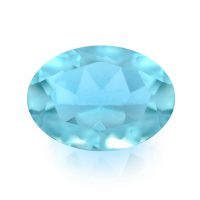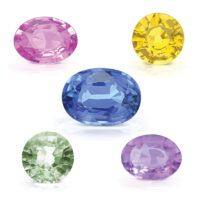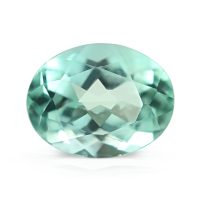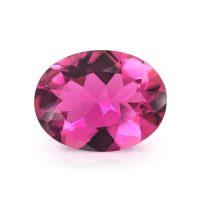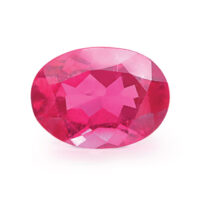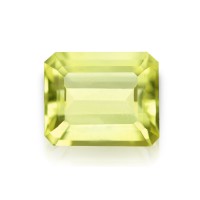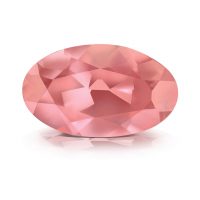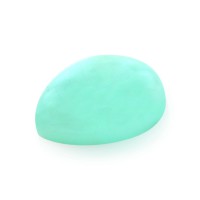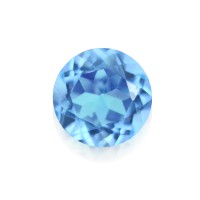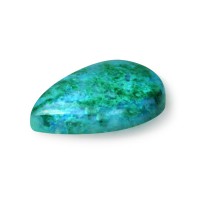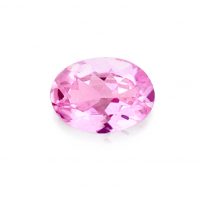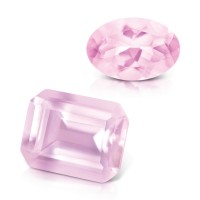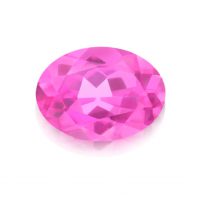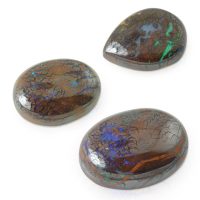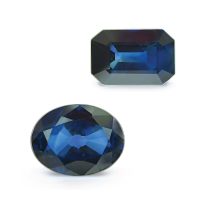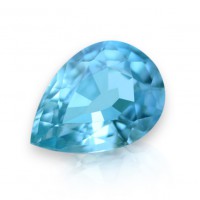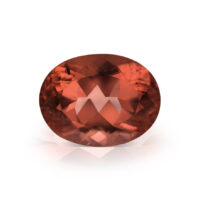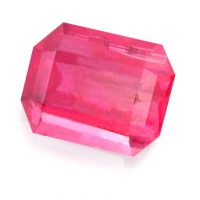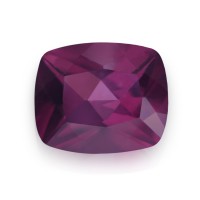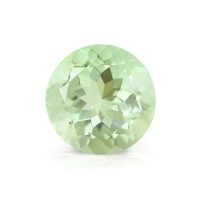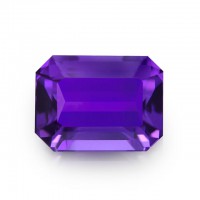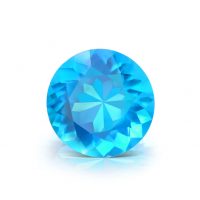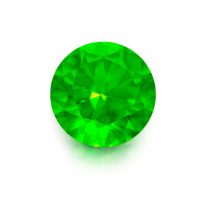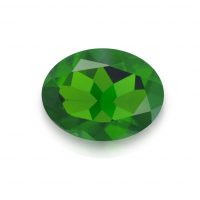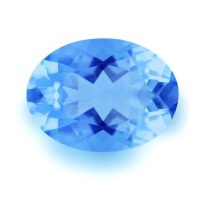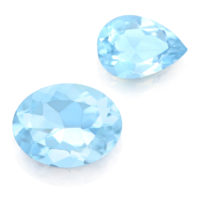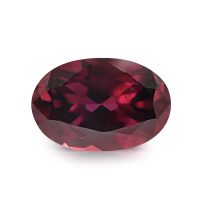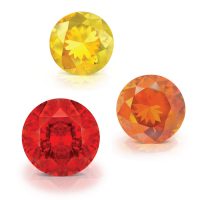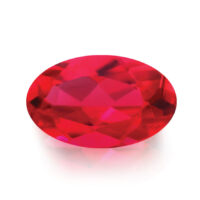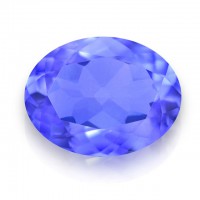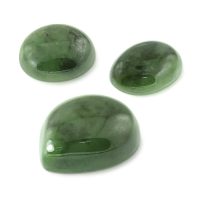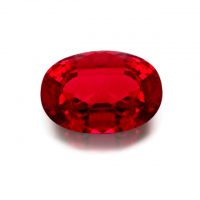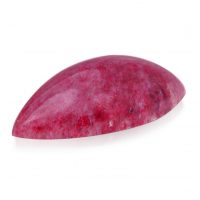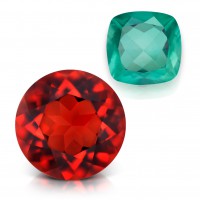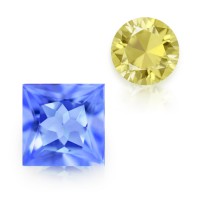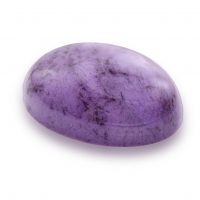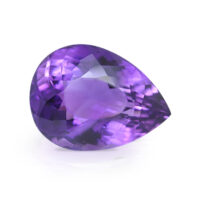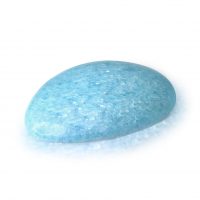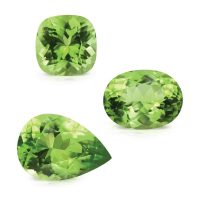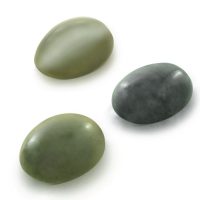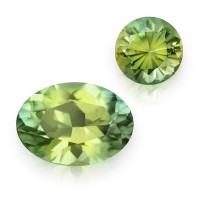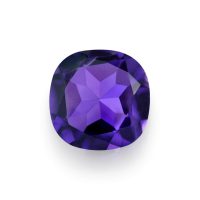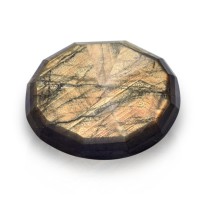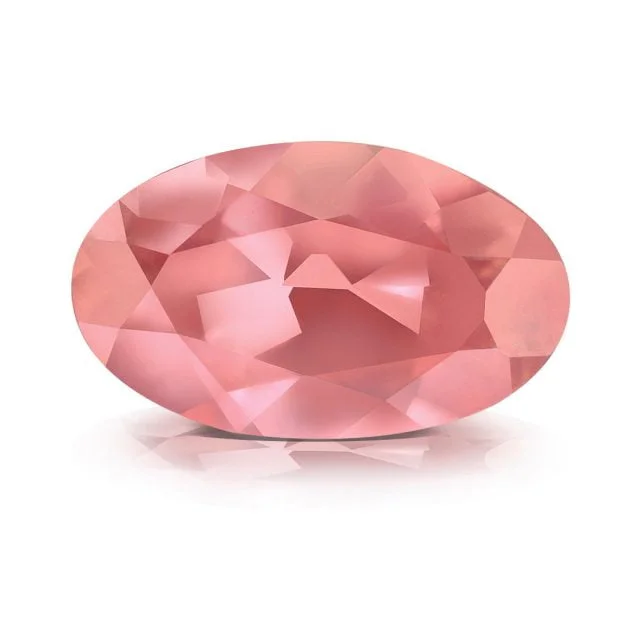

Padparadscha Sapphires are impossibly rare, highly prized, unbelievably gorgeous, lotus-hued gemstones from Chimwadzulu Hill in Malawi’s central region. Named for its semblance to a Sri Lankan pinkish-orange lotus flower (Nelumbo Nucifera Speciosa), Padparadscha Sapphire’s signature cocktail of kumquat sunrises and roseate sunsets has made it one of the world’s most desirable and valuable gemstones. Famed for its seductive beauty and extreme scarcity, Padparadscha are Sapphires’ rarest and most coveted colors.
Hardness 9
Refractive Index 1.762 – 1.788
Relative Density 3.95 – 4.03
Enhancement None
Beauty
“That which spreads its rays like the sun, is glossy, soft to the touch, resembling the fire, like molten gold and not worn off is padma raga” is how a medieval Indian text on gemology, ‘Thakkura Pheru’s Rayanaparikkha’, describes Padparadscha Sapphire.
Optimal lapidary is absolutely critical to fully realize Padparadscha Sapphire’s unique beauty. Carefully faceted by experienced lapidaries with an eye-clean clarity, the highest quality clarity grade for colored gemstones as determined by the world’s leading gemological laboratories, in a manner that doesn’t sacrifice brilliance for weight, they possess a superior polish resulting in a beautiful luster, as well as a good shape and overall appearance (outline, profile and proportions).
Unfortunately, the ‘Padparadscha’ color prefix has been both confused and misused. Writing in 2001, gemstone author Yasukazu Suwa explains this now historic challenge stating, “There is no universally accepted definition of Padparadscha Sapphire”, and this isn’t surprising considering its history. Our modern word ‘Padparadscha’ is in fact an English corruption of a German corruption of the Sinhalese ‘padma’ (lotus) and ‘raga’ (color).
Thankfully, since 2006 the name’s exact meaning has been clarified. Members of the Laboratory Manual Harmonization Committee (LMHC) have standardized the nomenclature they use to describe a Padparadscha Sapphire, defining the gem as “a variety of Corundum from any geographical origin whose color is a subtle mixture of pinkish-orange to orangey pink with pastel tones and low to medium saturations”. Even though this description provides clear boundaries, it has enough room for buyers to explore the sublime intricacies of this tremendously rare gem.
While both Ruby and Sapphires are classed as Type II gemstones (gems that typically grow with some minor inclusions in nature that may be eye-visible), Sapphires are usually cleaner (and larger) than Ruby, with an eye-clean clarity (no visible inclusions when the gem is examined six inches from the naked eye) being the typical standard.
While Sapphires are pleochroic (different colors visible from different viewing angles), this is not usually a concern, but gems with table-up pleochroism that detracts from their beauty, will also be priced accordingly. As usual, the visibility of pleochroism is determined by crystal orientation during lapidary. The aesthetic impact of color unevenness due to zoning (location of color in the crystal versus how the gem is faceted) or excessive windowing (areas of washed out color in a table-up gem, often due to a shallow pavilion) is also an important value consideration. Finally, pay attention to how transparency and inclusions affect Sapphires’ color beauty and subsequently, value. As with all gemstones, assuming everything else to be equal, sizes matters for Sapphires, and one 4 carat Sapphire will always be far rarer (and more expensive) than four 1 carat Sapphires.
Fine microscopic inclusions (called ‘flour’, ‘milk’ or ‘silk’) in some Sapphires can impart a ‘velvety’ or ‘sleepy’ appearance that boosts both beauty and value. Once you’ve settled on a color you like, look for a good shape and overall appearance (finish, outline, profile and proportions). While ovals are most common, Sapphires are available in other shapes and cuts. As stated previously, optimal cutting is absolutely critical for Sapphire.
Like all famous gemstones, Sapphire features in mythological and religious stories. Whether these really referred to what we know as Lapis Lazuli or blue gems collectively during antiquity is uncertain. According to Greek mythology, the first person to wear September’s birthstone was Prometheus. While Persians believed Sapphire’s reflections gave the sky its colors, Sapphire is mentioned in the bible: Exodus (24:10), the throne of God is paved with Blue Sapphire of a heavenly clarity, it is also one of the 12 ‘stones of fire’ (Ezekiel 28:13-16) set in the breastplate of judgement (Exodus 28:15-30). As one of the 12 gemstones set in the foundations of the city walls of Jerusalem (Revelations 21:19), Sapphire is also associated with the Apostle St. Paul. Sapphires have long symbolized faithfulness, innocence, sincerity and truth, so it’s not surprising that for hundreds of years they were popular engagement ring gemstones. Apart from being one of the world’s favorite hues, blues are also psychologically linked to calmness, loyalty and sympathy. While Sapphire’s popularity as an engagement gemstone has been somewhat upstaged by Diamonds since the 50s, they are making a comeback. For example, in 1981 Prince Charles gave Lady Diana an engagement ring set with a stunning 18 carat Ceylon Sapphire and more recently (2011) Prince William tied the knot with Kate Middleton using the same engagement ring.
The birthstone for September, Sapphire is a truly mesmerizing gemstone with a rich history, potent symbolism, and a popularity spanning over 2,500 years. Sapphires embody a gem’s quintessential ideals: genuine rarity, breathtaking beauty and everyday durability; making it one of the world’s most coveted gemstones. Ruby and Sapphire are color varieties of the mineral Corundum (crystalline aluminum oxide), which derives its name from the Sanskrit word for Rubies and Sapphires, ‘kuruvinda’. Trace amounts of elements such as chromium, iron and titanium as well as color centers are responsible for producing Corundum’s rainbow of colors. Sapphire’s name is derived from the Latin, ‘sapphirus’, which in turn comes from the Greek ‘sappheiros’, meaning blue. This name is believed by some to originate from either the Hebrew ‘sappir’ (precious stone) or the Sanskrit ‘sanipriya’. Used to describe a dark precious stone, ‘sanipriya’ means ‘sacred to Saturn’ and this entomology is lent credence by the fact that Sapphire is regarded as the gem of Saturn in Indian astrological beliefs. Historically, ‘sappheiros’ usually referred to Lapis Lazuli rather than Blue Corundum, with the modern Sapphire probably called ‘hyakinthos’ in ancient Greece. Believe it or not, Sri Lankan Sapphires were reportedly used by the Greeks and Romans from around 480 BC, which provides evidence of the ancient trade routes used by our ancestors.
Rarity
One of the world’s rarest and most expensive gemstones, Padparadscha Sapphire sources include, Madagascar, Malawi, Sri Lanka, Tanzania, and Vietnam.
In 1958 a Ruby and Sapphire deposit was discovered in Ntcheu about 145 kilometers south of Malawi’s capital of Lilongwe. Although this is one of the oldest known gemstone deposits on the African continent, very little has been published about its history. In 2008, Nyala Mines Ltd. began working the deposit, while Columbia Gem House Inc. handled lapidary, marketing and distribution. To support the local community, Columbia Gem House established the Dzonze District Development Fund, which helps two villages near the mine through a school at Kandoma and a hospital in Katsekera.
Columbia Gem House have been building a mine-to-market supply chain for ethical gems since 1976. Mining and cutting on three continents, they are pioneers of ‘Fair Trade Gems’. These are gemstones that are closely tracked from mine-to-market to ensure that every gem has been handled according to strict protocols. These include a tight chain of custody, environmentally-responsible gem mining, ethical sourcing, fair wages and safe labor practices at mines and lapidaries, the promotion of cultural diversity, as well as public education and accountability.
With well over 90 percent of Corundum gemstones treated, Padparadscha Sapphires from Malawi are one of the few Sapphires that are totally natural and unenhanced, thereby accentuating the rarity of an already incredibly scarce Sapphire variety.
Durability & Care
One of the world’s hardest gemstones (Mohs’ Hardness: 9), Padparadscha Sapphire is an excellent choice for everyday jewelry. Padparadscha Sapphire should always be stored carefully to avoid scuffs and scratches. Clean with gentle soap and lukewarm water, scrubbing behind the gem with a very soft toothbrush as necessary. After cleaning, pat dry with a soft towel or chamois cloth.
Map Location
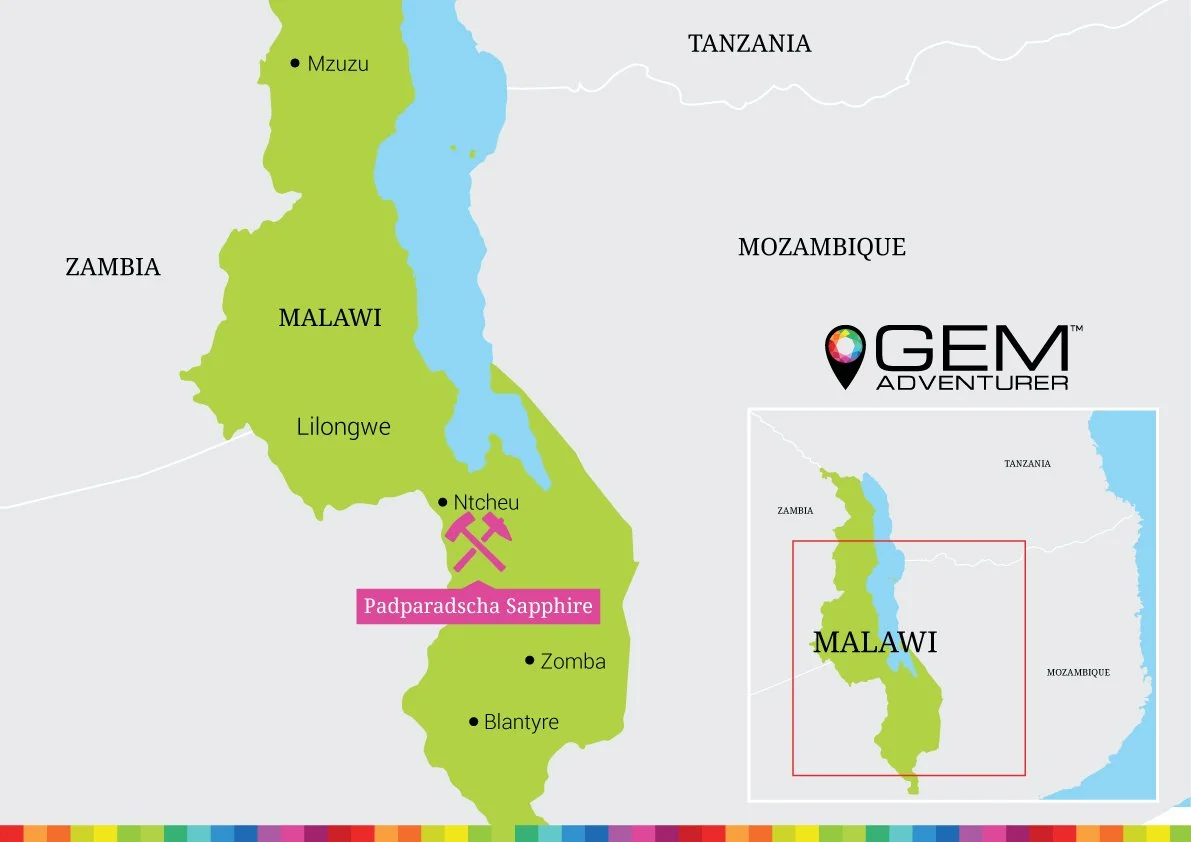
Click map to enlarge




